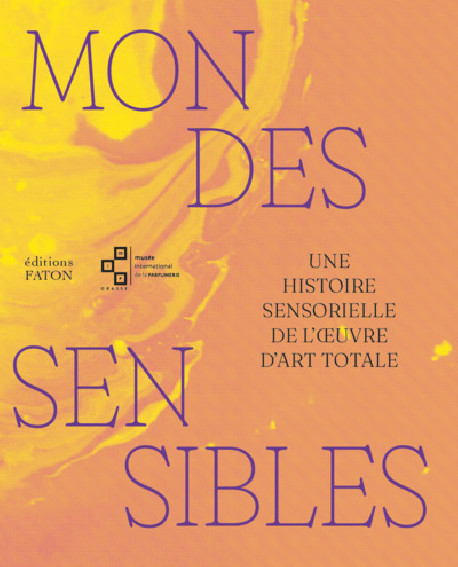No products
Product successfully added to your shopping cart
There are 0 items in your cart. There is 1 item in your cart.
Our webstore uses cookies to offer a better user experience and we consider that you are accepting their use if you keep browsing the website.

Exhibition catalogue
- New Art Books
- Exhibition catalogue
- Highlights
- Art Book Sale
- Museum's Shop & Gifts
- Bilingual art books and foreign editions
- Children's Books
- Art History
- Painting
- Architecture
- Sculpture
- Drawing & Engraving
- Photography
- Contemporary art
- Decorative Arts & Design
- Art Techniques
- Critics
- Entertainment art books
- Civilisations
- Partners Reviews
Sensitive Worlds. A sensory history of the total work of art
Conceived by Philipp Otto Runge at the dawn of the nineteenth century, and popularized by Richard Wagner in the 1850s, the concept of total art (or Gesamtkunstwerk) consists in proposing an experience that unites the arts, but also, as many artists have envisaged, involves the whole body in the artistic experience.
Shipped within 3 to 6 days
| Model | 9782878443714 |
| Artist | Art contemporain |
| Author | Collectif |
| Publisher | Musée International de la Parfumerie de Grasse / Faton |
| Format | Ouvrage broché |
| Number of pages | 176 |
| Language | Bilingue Français / English |
| Dimensions | 270 x 220 |
| Technique(s) | 100 illustrations |
| Published | 2024 |
| Museum | Musée International de la Parfumerie de Grasse |
Catalogue of the exhibition Sensitive Worlds. A sensory history of the total work of art, presented at the Musée International de la Parfumerie in Grasse (14 June 2024 - 12 January 2025).
The catalogue offers an unprecedented opportunity to re-read the history of art, and particularly the concept of total art, through the mobilisation of all the senses. In the course of her research into olfaction, theorist Sandra Barré has observed a return to this concept in contemporary art. Three French artists, Tiphaine Calmettes, Camille Correas and Florian Mermin, have taken over the Musée International de la Parfumerie in Grasse, offering in situ experiences that combine vision, hearing, olfaction, taste and touch.
In addition, the example of seven polysensory works will enable us to consider the presence of these sensorialities throughout the history of total art: Valentine de Saint-Point's Métachories (1913), Alexandre Scriabine's studies for Le Mystère (1903-1915) and, in the second half of the 20th century, works by Carolee Schneemann, Lygia Clark, Bill Viola, Joseph Beuys and Jean-Pierre Bertrand.
These extracts from history are described through archives, usually available through the prism of sight (protocols, written testimonies, sketches, the artist's research, press articles, photographs) or, more recently, through hearing (mainly videos, sound recordings and radio archives). Here, odour comes into play in an attempt, through olfactory reconstruction or the use of scented materials, to add a sensory dimension to the archive and raise the question of what art envisages as scientific material.
In this way, we are opening up new avenues of conservation and the way in which history - and, a fortiori, the history of art - is written.
Recently viewed items












